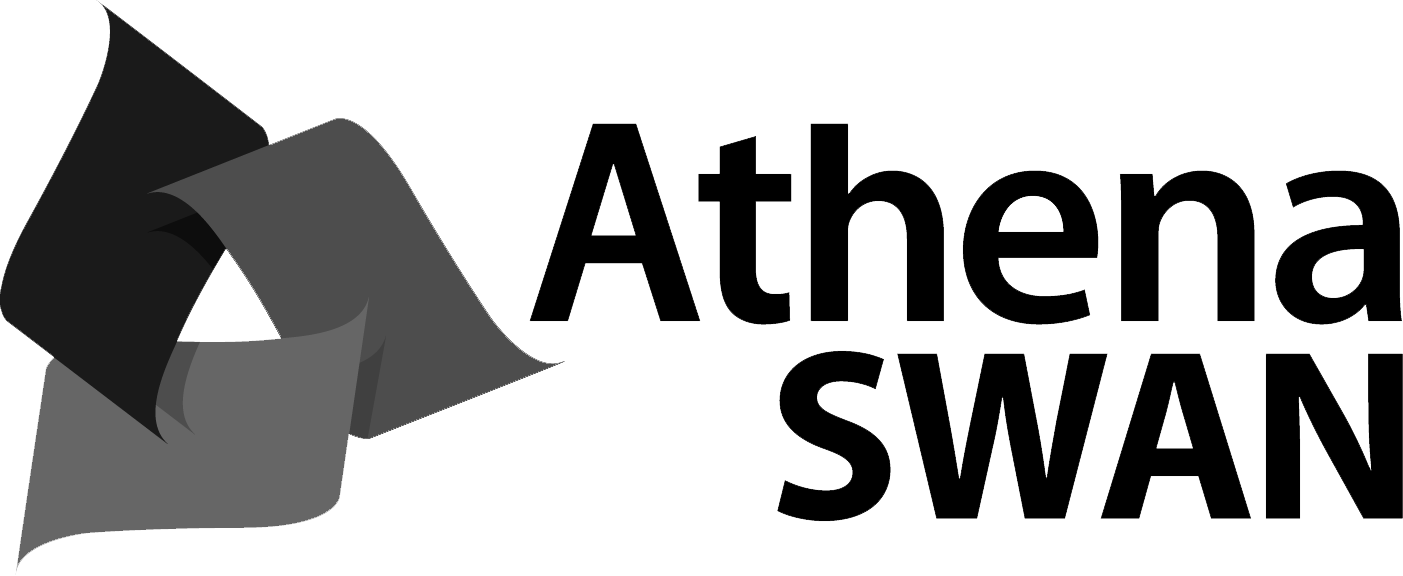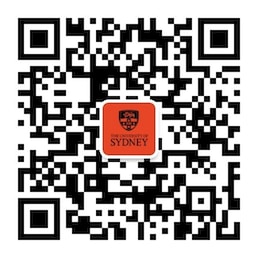This unit aims to develop an appreciation of how mechanical principles can be applied to understand the underlying causes of human movement. Topics include: kinematics, vectors, Newton's laws of motion, work, energy, power, and momentum; for both translational and rotational motion; and the influence of fluids on motion. Emphasis is placed on developing mathematical skills and analytical problem- solving techniques. The laboratory classes complement the lectures; providing opportunities to validate mechanical principles in a quantitative manner.
Unit details and rules
| Academic unit | Movement Sciences |
|---|---|
| Credit points | 6 |
| Prerequisites
?
|
None |
| Corequisites
?
|
None |
|
Prohibitions
?
|
None |
| Assumed knowledge
?
|
None |
| Available to study abroad and exchange students | Yes |
Teaching staff
| Coordinator | Alycia Fong Yan, alycia.fongyan@sydney.edu.au |
|---|---|
| Lecturer(s) | Michelle Hall, michelle.hall@sydney.edu.au |
| Alycia Fong Yan, alycia.fongyan@sydney.edu.au |





